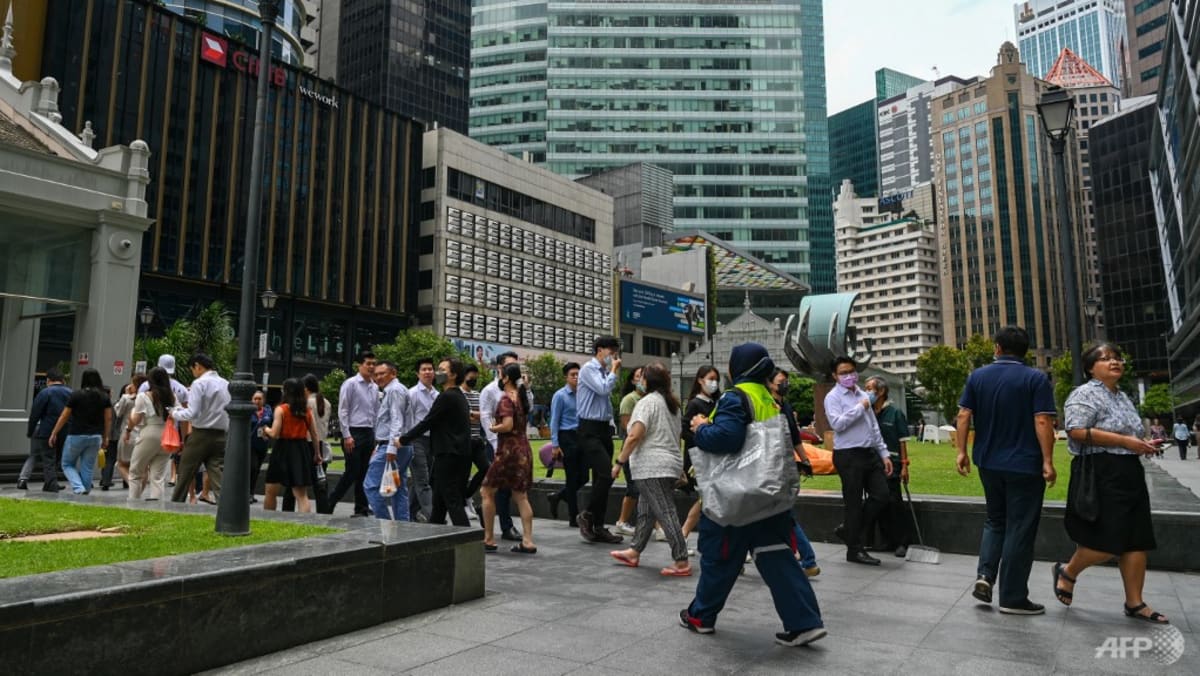
This will lower the take-home pay of workers earning more than S$6,000 a month. A worker aged 55 years or below earning S$8,000 a month in January 2026 would have an additional S$400 employee CPF contribution to make each month, compared to if he or she earned that equivalent monthly wage in August 2023.
TRADEOFFS IN REDUCED TAKE-HOME PAY
This S$400 reduction in take-home pay may not be inconsequential for middle-income households with bills to pay, particularly those dependent on a single income earner. But for younger workers, an immediate benefit would be that the increased CPF contribution could help to pay housing loan commitments. Long-term retirement savings are the payoff for the short-term sacrifice.
Employer CPF contributions for workers earning monthly salaries more than S$6,000 a month will also rise. A rough back-of-envelope estimate is that raising the CPF monthly salary ceiling to S$8,000 would lead to an increase in labour costs of S$2 billion to S$2.5 billion annually, once fully implemented in 2026.
This increase in total worker compensation costs would need to be offset by productivity gains to ensure it is sustainable for businesses and their workers in the long run.
The increase of the CPF monthly salary ceiling is part of a slew of initiatives announced by Deputy Prime Minister Lawrence Wong to address retirement adequacy. Boosting middle-income workers’ CPF contributions will help to offset the effects of potentially higher inflation on retirement savings.
Christopher Gee is Senior Research Fellow and Head of Governance and Economy department at the Institute of Policy Studies, National University of Singapore.

